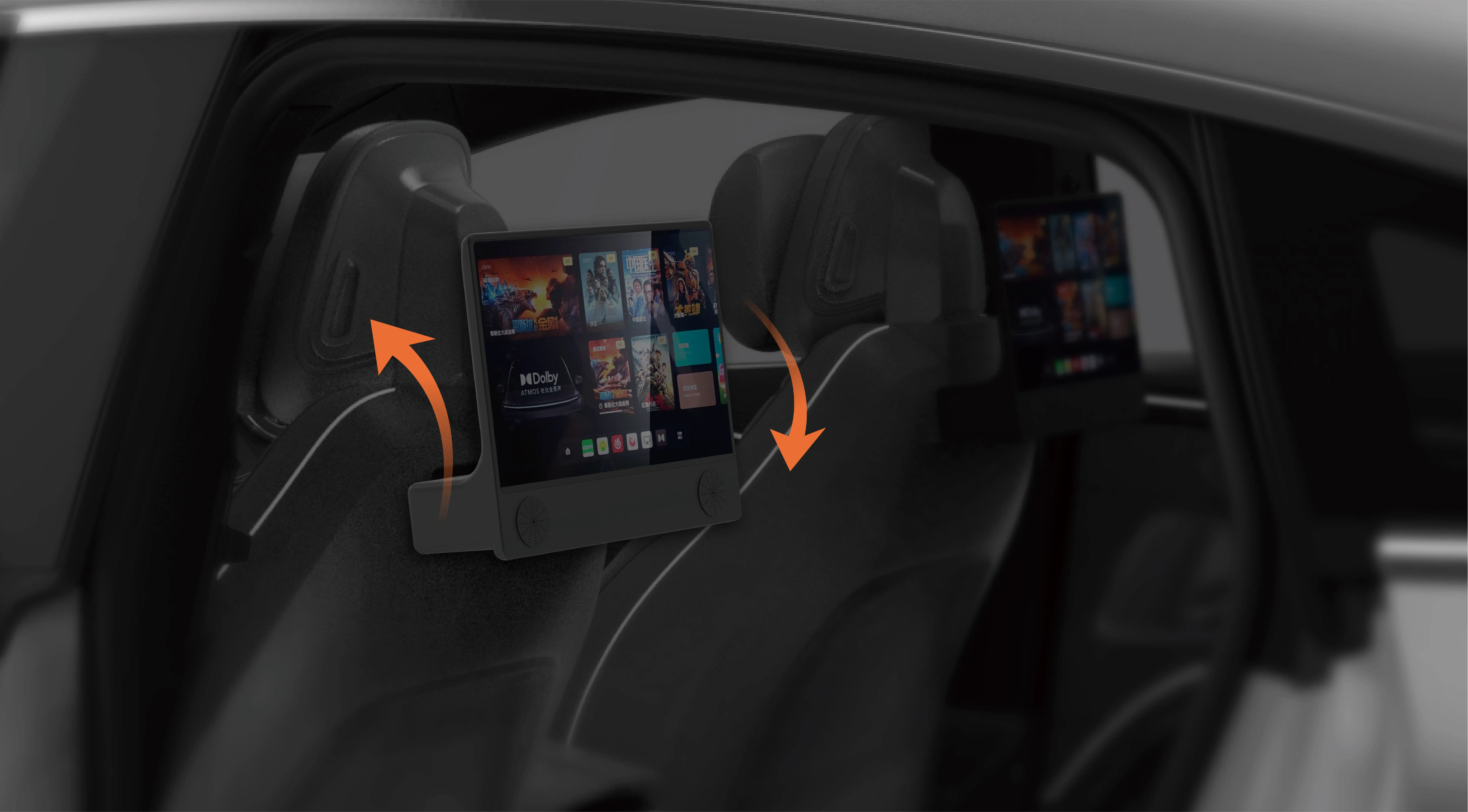Building microservices with resilience in mind isn’t just a buzzword—it’s a necessity in today’s fast-paced digital world. Think about it: what happens when one part of a system goes down? If your architecture isn't designed thoughtfully, that hiccup can cascade, bringing down other parts or even the entire platform. That’s where resilient microservice design comes in, providing a safety net that keeps everything ticking smoothly, no matter what.

Imagine cutting-edge innovations being built on a foundation that adapts on the fly. Different components of a microservice ecosystem need to communicate seamlessly, but what if a server suddenly crashes? Traditional monolithic setups might panic, but microservices that are built for resilience gracefully reroute traffic, spin up new instances, or isolate failures. It's like having a team that quickly patches up a broken link before it causes chaos elsewhere.
Why is resilience so critical? Well, in real-world scenarios, network glitches happen, hardware fails, and unexpected spikes flood the system. If your microservice architecture isn’t prepared, those moments turn into disasters—slowdowns, data loss, user dissatisfaction. Building for resilience isn’t just about avoiding downtime; it’s about creating a system that gets smarter through challenges.
A key approach? Implementing redundancy at every level—replicated data stores, multiple service instances, fallback procedures. Not all resilience strategies wear the same hat, though. Sometimes, circuit breakers prevent faulty parts from infecting the whole system. Other times, load balancers shift traffic away from struggling nodes. The magic’s in choosing and combining these tactics based on your specific needs.
Let’s get more granular—think about a payment processing microservice. If a transaction service is sluggish due to high demand, a resilient design detects the slowdown and reroutes subsequent requests to a backup system. Meanwhile, it logs the incident for later analysis. The customer enjoys seamless service, unaware that behind the scenes, a well-orchestrated resilience pattern is working overtime.
Doesn’t it seem obvious that resilience isn’t just a feature but a core principle? You build for failure—not to accept it, but to bounce back faster than anyone notices. In practice, that means designing with fail-safes, thorough monitoring, and quick recovery processes. When disaster strikes, your system responds like a well-trained athlete—steadily, confidently, and swiftly.
Companies investing in this approach see more than just uptime. They see trust—and trust is everything. When users experience consistent service, they stick around. When businesses can withstand disruptions, they don’t just survive; they thrive. Building resilient microservices turns chaos into resilience, and that’s a game-changer in the digital landscape.
Established in 2005, Kpower has been dedicated to a professional compact motion unit manufacturer, headquartered in Dongguan, Guangdong Province, China. Leveraging innovations in modular drive technology, Kpower integrates high-performance motors, precision reducers, and multi-protocol control systems to provide efficient and customized smart drive system solutions. Kpower has delivered professional drive system solutions to over 500 enterprise clients globally with products covering various fields such as Smart Home Systems, Automatic Electronics, Robotics, Precision Agriculture, Drones, and Industrial Automation.




































